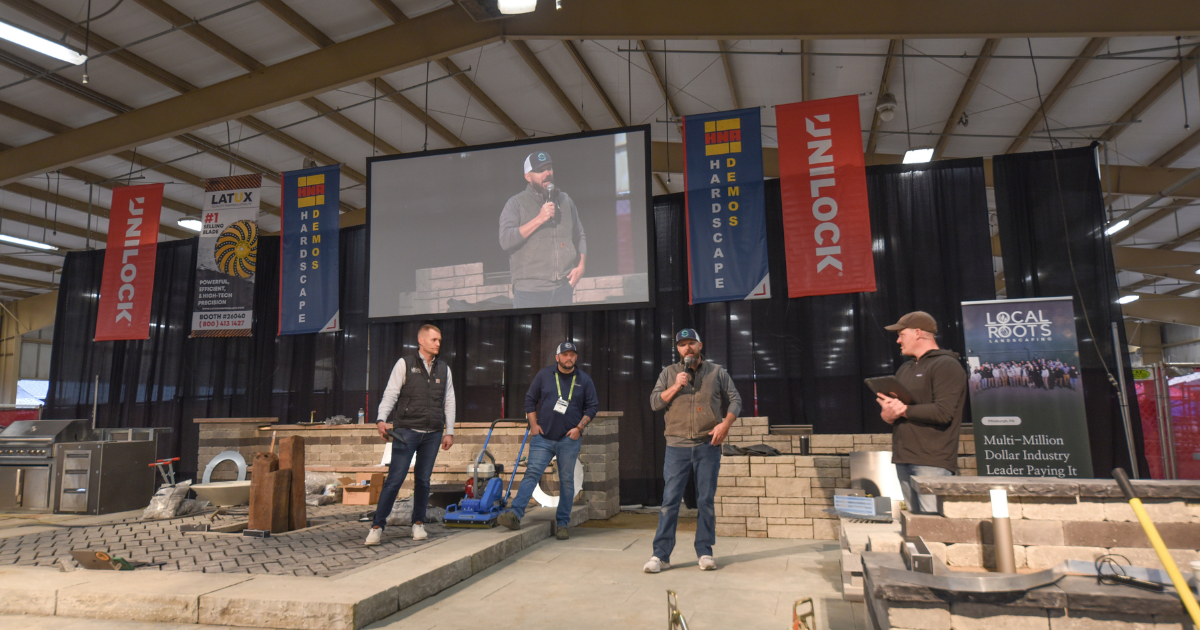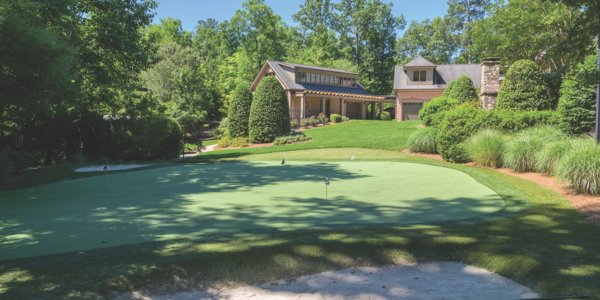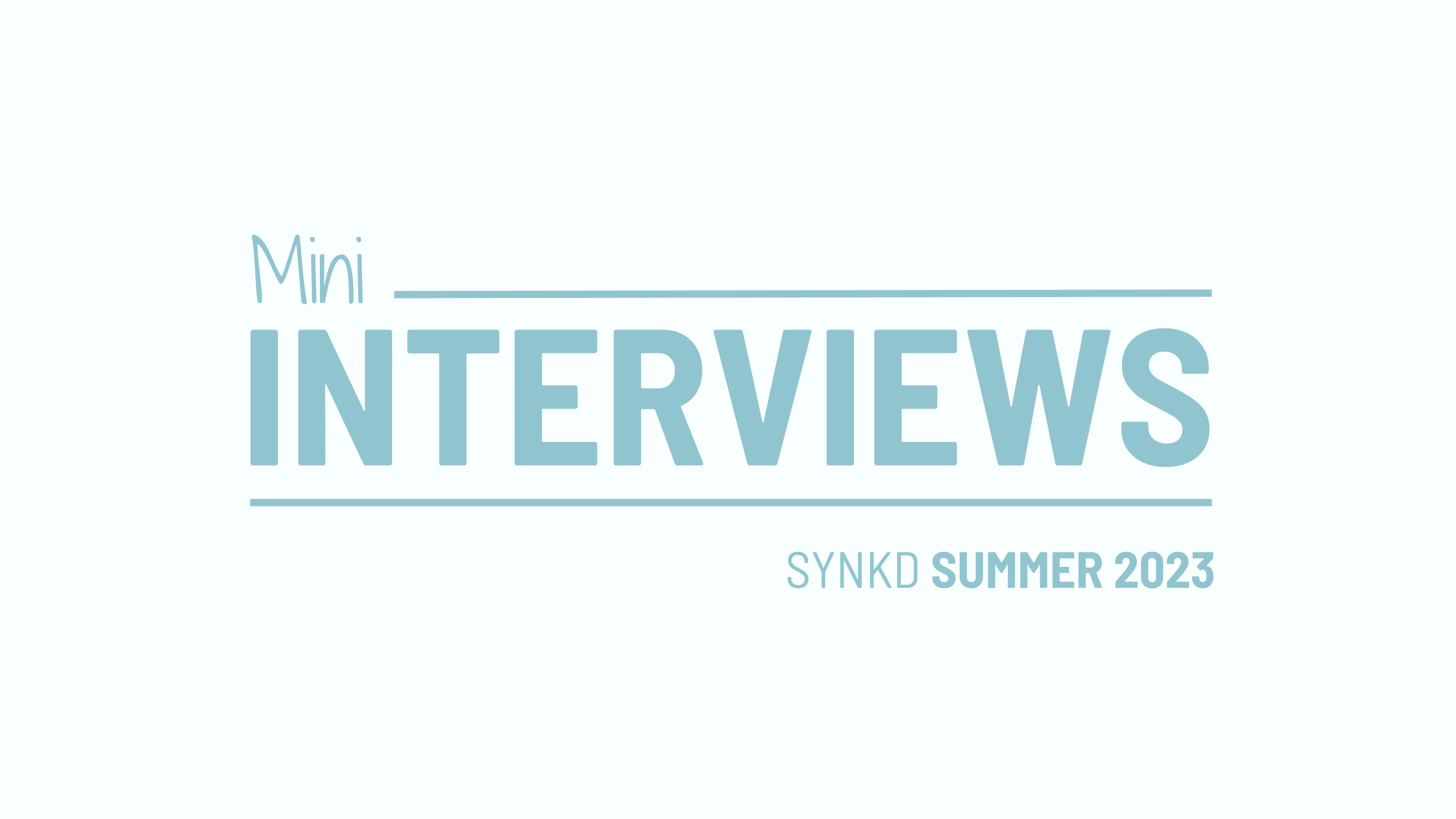Hardscape North America Education Gives Participants the Competitive Edge
New Presenters, Expanded Content & How-To Demos Make HNA a One-Stop Resource Louisville, Kentucky, (June 11, 2024)—From interactive demos to...
Do you often wonder why some salespeople always seem to outsell the competition? They are not doing it with some magical formula as you might assume. The main reason is that they have become adept at dealing with budget issues in a professional manner. Salespeople who are uncomfortable (and even timid) when it comes to dealing with budget matters struggle with gaining the respect of their clients. If they don’t gain their client’s respect when dealing with money, they will ultimately struggle closing sales.
It’s not your money!
The biggest hurdle for new salespeople (and some seasoned salespeople) to get over is the realization that they are not the ones investing in the project. Many salespeople cannot imagine spending $500,000 or $1 million on a project. Many can’t imagine even spending $10,000. With that mindset, the salesperson begins to believe that the project they are proposing is too expensive and begins to reduce the scope, or worse yet, apologizing for the high budget. Astute clients will pick up on this immediately.
They will either lose confidence in the salesperson and company and decide to go elsewhere, or they will ask the salesperson to cut their price. The sad thing is many will go ahead and cut their price just to get the job.
What is the “real budget?”
The other key thing to keep in mind when trying to determine the amount of a client’s budget is that their budget may be much higher than what the salesperson thinks it is. For example, if a client says that they don’t want to spend a lot on the project, the salesperson should avoid attaching an arbitrary figure to that comment. They need to find a way to get to the client’s “real budget.”
The other thing that makes determining a client’s budget so difficult is that they are unwilling to divulge their “real budget.”
The client fears that if they expose their real budget, the salesperson will not only create a project for that amount—but far exceed it as well.
Furthermore, most people do not realize what top quality landscape work, or horticultural care, really costs. A client’s budget may be too low for today’s escalating costs.
 The best thing to do is to be up front in your budget discussions. You must take the lead in this discussion. You cannot be afraid to talk money. The sooner you can be sure that you have prequalified the prospect and their budget, the less time you waste dealing with a prospect that will most likely say NO after you have gone through the entire design and budgeting process.
The best thing to do is to be up front in your budget discussions. You must take the lead in this discussion. You cannot be afraid to talk money. The sooner you can be sure that you have prequalified the prospect and their budget, the less time you waste dealing with a prospect that will most likely say NO after you have gone through the entire design and budgeting process.
Three Ways to Determine Your Client’s Budget
I have found three surefire ways to get to the “real budget.” There are probably more, but these three seem to work best.
1. Ask
You may think that this seems too simple. It actually is simple, but many salespeople are unwilling to ask the question. Asking for the budget the right way is critical. You don’t want to ask, “What can you afford to spend on your project?” You never want to put a client in a position to have to say, “I can’t afford this.”
"The better way to ask is, ‘ How much are you comfortable investing in your project?"
First, it underscores the fact that this is an investment. Secondly, it gives the client a comfortable way of telling you what they would like to spend on their project.
.png?width=2120&height=1412&name=Budgeting%20(2).png)
2. Give ranges
On the initial consultation, the prospect may tell you the scope of the project they are considering. For example, they may say they want a bluestone patio to entertain up to 8–10 people, a fire pit, a pergola and an outdoor kitchen. As the prospect talks, you should be tabulating in your head the total potential cost of the project using past actual budgets. You would then say, “Based on similar projects we have designed and constructed, the project you described could cost between $50,000 and $80,000. Is this a comfortable budget range for you?” If they turn white and pass out, you know you have overshot their budget. Typically, they may say, “That looks like a good budget range, but I would prefer to be at the low end or middle of the range.” You now have a good budget number to design to, provided you have given the prospect a realistic range.
3. Show pictures
.png?width=344&height=228&name=Bugeting%20(1).png) More than likely, you have a portfolio of completed projects to show the client, or pictures on your laptop or iPad. As you go through the pictures, you would show them projects similar in scope to what the prospect is interested in. You would say, “These projects that we are looking at are all in the $50,000-$80,000 budget range. Is that what you were thinking of investing in your project?” They may respond, “Those are certainly beautiful projects, but I would never spend that on my property.” Or they might say, “These projects are definitely in line with what we are looking for.” You now know the client’s budget range.
More than likely, you have a portfolio of completed projects to show the client, or pictures on your laptop or iPad. As you go through the pictures, you would show them projects similar in scope to what the prospect is interested in. You would say, “These projects that we are looking at are all in the $50,000-$80,000 budget range. Is that what you were thinking of investing in your project?” They may respond, “Those are certainly beautiful projects, but I would never spend that on my property.” Or they might say, “These projects are definitely in line with what we are looking for.” You now know the client’s budget range.
Finally, always keep in mind that you are the expert. That is why clients are calling you. By assuming the expert role, you become a consultant rather than a salesperson. Approach your presentation with that in mind, and the hesitancy to talk budget should disappear and your ability to close on larger projects will go up exponentially.
Judson Griggs has had the good fortune of working with some of the best design/build companies in the country over his long career in the green industry. Each of these companies were in the Lawn and Landscape Top 100 list when Jud worked there.
Through those experiences, Jud has been able to work in very diverse markets across the country. He understands what it takes to be successful in the design/build/maintain arena. More importantly, he knows what mistakes and pitfalls to avoid. His experience over the years makes him a great resource for helping you build your organization, improving your sales, marketing and customer service, as well as helping you be a better leader.

New Presenters, Expanded Content & How-To Demos Make HNA a One-Stop Resource Louisville, Kentucky, (June 11, 2024)—From interactive demos to...

Myatt Landscaping | Diverse Landscape Design Creates Recreational Oasis

Angelica Negrete Founder & Owner,Royal Gardens Landscaping and Design Plantation, FL 1. What’s the best part of your job?